Home>Dining>Tableware>How To Decorate Shelves In A Dining Room
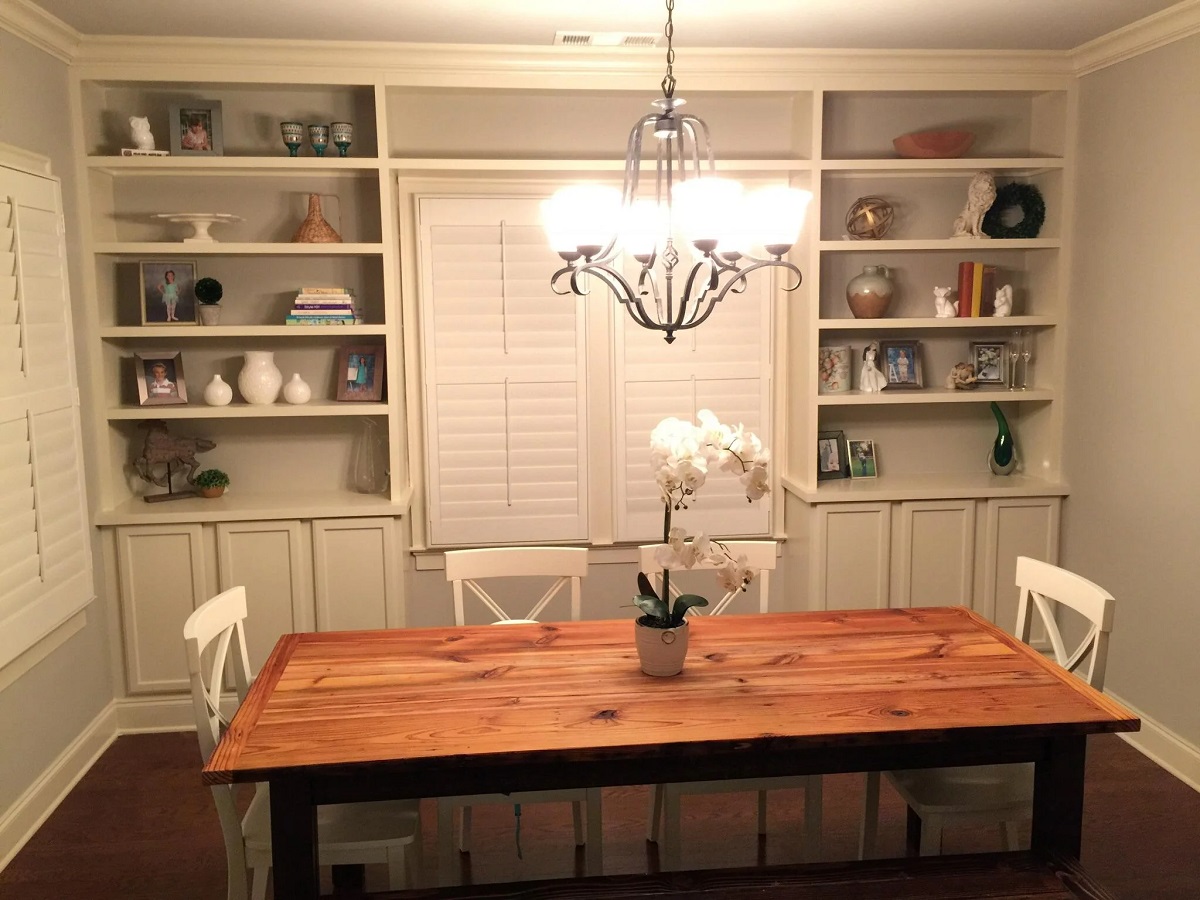

Tableware
How To Decorate Shelves In A Dining Room
Modified: January 19, 2024
Learn how to beautifully decorate the shelves in your dining room with our expert tips. Discover innovative ways to showcase your tableware and enhance the overall ambiance.
(Many of the links in this article redirect to a specific reviewed product. Your purchase of these products through affiliate links helps to generate commission for Storables.com, at no extra cost. Learn more)
Introduction
When it comes to decorating a dining room, shelves can be a fantastic addition. Not only do they provide valuable storage space, but they also offer an opportunity to showcase your personal style and elevate the overall aesthetics of the room. Whether you have open wall space or built-in shelving units, the possibilities for decorating shelves in a dining room are endless.
Before diving into the world of shelf decor, it’s important to consider a few key factors. Firstly, you need to choose the right shelves that not only fit your dining room’s style but also provide functionality. You’ll also need to assess the available space to determine the ideal placement for your shelves. Additionally, selecting a theme or style will help guide your design choices and create a cohesive look.
Once you have these foundational elements in place, you can focus on organizing and arranging items on your shelves. Categorizing items and creating balance and symmetry are essential aspects of achieving an aesthetically pleasing display. Incorporating decorative elements like artwork, plants, trinkets, and books can add personality and charm to the shelves. Don’t forget about lighting options, as proper illumination can enhance the visual impact of your display.
Lastly, regular maintenance and cleaning are key to keeping your shelf decor looking fresh and inviting. Dusting regularly, preventing clutter buildup, and periodically refreshing the display will ensure that your dining room shelves always impress.
In this comprehensive guide, we will delve deeper into each of these aspects and provide you with practical tips and ideas to decorate the shelves in your dining room. Get ready to transform your dining space into a visually stunning and functional area that will impress your guests and make every mealtime a delightful experience.
Key Takeaways:
- Choose shelves that fit your dining room’s style and consider factors like size, shape, and material to create a visually stunning and functional display that reflects your personal style.
- Organize and arrange items on your dining room shelves with balance, symmetry, and different heights and shapes to achieve an aesthetically pleasing arrangement. Incorporate decorative elements like artwork, plants, trinkets, and books to add personality and charm to your display.
Read more: How To Decorate Shelves In Dining Room
Choosing the Right Shelves
When it comes to choosing the right shelves for your dining room, there are various factors to consider. From the type of shelves to the size, shape, and material options, these elements will determine both the functionality and the overall look of your dining room shelves.
Firstly, let’s explore the different types of shelves available:
- Floating Shelves: These shelves are mounted on the wall without any visible brackets, giving a sleek and minimalist look.
- Open Shelving Units: These units consist of multiple open shelves, offering easy access and allowing for versatile display options.
- Built-in Shelves: These shelves are custom-made to fit within the walls of your dining room, providing a seamless and customized look.
- Glass Shelves: These shelves, made from transparent or tinted glass, add an elegant and modern touch to your dining room decor.
Once you have decided on the type of shelves that best suit your dining room, it’s time to consider the size and shape. Measure the available wall space and take into account any architectural features or furniture placement that may affect the dimensions. Choosing shelves that are proportionate to the size of your dining room will ensure a balanced and harmonious look. Additionally, think about the shape of the shelves – rectangular, square, or even curved – and how it complements the overall design aesthetic.
Lastly, consider the material options for your shelves. Here are some popular choices:
- Wood: Wooden shelves offer a warm and natural feel and can be stained or painted to match your dining room decor.
- Metal: Metal shelves, such as those made from stainless steel or wrought iron, bring a contemporary and industrial vibe to your space.
- Glass: Glass shelves create a light and airy atmosphere and can blend seamlessly with any interior style.
- Acrylic: Acrylic shelves offer a modern and sleek look, while being durable and easy to clean.
Consider the existing materials and finishes in your dining room when selecting the material for your shelves. Opting for a complimentary or contrasting material can help tie the space together and create a cohesive look.
By carefully choosing the right shelves for your dining room, you can ensure that they not only serve their practical purpose of storage but also enhance the overall aesthetic appeal of the space. Take into account the type, size, shape, and material options to create a visually stunning and functional display that reflects your personal style.
Assessing the Available Space
Before you start decorating your dining room shelves, it’s important to assess the available space. Proper measurement considerations and determining the ideal placement will ensure that your shelves fit seamlessly into the room and enhance its overall look.
The first step is to take accurate measurements of the wall space where you plan to install the shelves. Use a tape measure to determine the width, height, and depth of the area. Consider any obstacles such as windows, doors, or electrical outlets that may affect the placement and sizing of the shelves. Taking precise measurements will help you select shelves that fit perfectly and avoid any surprises during the installation process.
Once you have the measurements, it’s important to determine the ideal placement of the shelves. Consider the layout and flow of the dining room and identify areas that can benefit from additional storage and display space. Common locations for dining room shelves include along a blank wall, above a buffet or sideboard, or even around a window or doorway.
Take into account the height at which you want to install the shelves. Higher shelves can create a sense of openness and make the room appear larger, while lower shelves are more accessible for daily use. Also, think about the balance and symmetry of the room. If you have a large dining room, you may consider installing multiple sets of shelves to create a visually appealing arrangement.
Consider the functional aspects of the space as well. Will the shelves primarily serve as storage for tableware, or will you also be displaying decorative items? If you plan to store and display fragile or valuable items, it’s best to choose a location that is not easily accessible to children or pets.
By carefully assessing the available space, considering the measurements, and determining the ideal placement of your dining room shelves, you can ensure a seamless integration into the room’s design. This will allow you to make the most of the available space while enhancing the functionality and visual appeal of your dining area.
Selecting a Theme or Style
Choosing a theme or style for your dining room shelves will help create a cohesive and visually appealing display. It will also reflect your personal taste and complement the overall design of your dining room. Here are some popular themes and styles to consider:
Traditional: A traditional theme embraces classic and timeless elements. Opt for shelves made from rich, dark woods and showcase antique or vintage pieces. Use ornate frames for artwork and display heirloom china or silverware. Traditional patterns and colors, such as damask or floral prints, can also be incorporated into textiles or decorative items.
Contemporary: A contemporary style embraces sleek lines, minimalism, and a clean aesthetic. Choose shelves with a modern design, such as floating or glass shelves. Display minimalist artwork or abstract pieces. Use neutral color palettes and focus on simplicity and functionality. Incorporate decorative items with unique shapes or textures to add visual interest.
Rustic: The rustic style creates a cozy and inviting atmosphere. Opt for shelves made from reclaimed wood or wrought iron. Display earthenware, handmade ceramics, and natural textures like woven baskets. Incorporate elements of nature, such as fresh flowers or potted plants. Earthy colors like browns, greens, and blues enhance the rustic feel.
Minimalist: The minimalist style embraces simplicity and clean lines. Choose shelves with a minimalist design, such as floating or acrylic shelves. Keep the display clean and clutter-free, showcasing a few carefully selected pieces. Opt for monochromatic or limited color palettes. Use geometric shapes and focus on functional items that serve a purpose.
When selecting a theme or style, consider the existing design elements in your dining room. If you already have a specific style, aim to choose shelves and decorative pieces that harmonize with the overall aesthetic. However, don’t be afraid to mix and match styles or add contrasting elements for a unique and personalized touch.
Remember, selecting a theme or style for your dining room shelves is a creative process that allows you to express your personality and create a space that is visually pleasing and inviting. Choose a style that resonates with you and creates a cohesive look that complements your dining room’s overall ambiance.
Organizing and Arranging Items
Organizing and arranging items on your dining room shelves is crucial to create a visually appealing display. By following a few key principles, such as categorizing items, creating balance and symmetry, and using different heights and shapes, you can achieve a well-organized and harmonious look.
Categorizing Items: Start by categorizing the items you plan to display on your shelves. This will help create a sense of order and make it easier to find and access specific items when needed. Group similar items together, such as dinnerware, glassware, or serving bowls. You can also create separate sections for different types of decorative items, such as vases, figurines, or artwork.
Creating Balance and Symmetry: Balance and symmetry are essential elements in shelf decor. Distribute items evenly across the shelves, both horizontally and vertically. For example, if you place a larger item on one side of a shelf, balance it out with a smaller item on the other side. Use similar shapes or colors on each shelf to create a cohesive look throughout the display. Step back and assess the overall arrangement to ensure that it feels visually balanced.
Using Different Heights and Shapes: To add visual interest and create depth, incorporate items of different heights and shapes. This helps prevent the display from looking flat or monotonous. Mix and match tall and short items, such as stacking plates or bowls, to create variations in height. Incorporate items with different shapes, such as round vases or square picture frames, to break up the monotony and add visual intrigue.
When organizing and arranging items on your dining room shelves, keep in mind the functionality of the items as well. Place frequently used items within easy reach and consider the frequency of use for different items when determining their placement. You want to create a visually pleasing display while also maintaining practicality.
Regularly assess and tweak your arrangement to keep it fresh and updated. Experiment with different configurations and don’t be afraid to move things around until you find the most visually appealing arrangement that suits your personal taste.
Remember, organizing and arranging items on your dining room shelves is a continuous process. By categorizing items, creating balance and symmetry, and using different heights and shapes, you can create a visually captivating display that showcases your personal style and enhances the overall aesthetics of your dining space.
Consider using a mix of decorative items such as vases, candles, and artwork, along with functional items like serving platters and cookbooks. Vary the heights and textures for visual interest.
Read more: What Is A Dining Room
Incorporating Decorative Elements
Incorporating decorative elements on your dining room shelves can add personality, charm, and visual interest to the overall display. By carefully selecting and arranging items such as artwork and frames, plants and greenery, trinkets and collectibles, as well as books and magazines, you can create a visually captivating and personalized shelf decor.
Artwork and Frames: Hanging artwork or displaying framed photos on your shelves can instantly elevate the visual appeal of your dining room. Choose pieces that resonate with your personal style and complement the overall theme or color scheme of the space. Mix and match different sizes and orientations to create a visually dynamic arrangement. Consider using easels or plate stands to showcase smaller pieces or prop larger frames against the back of the shelf for added depth.
Plants and Greenery: Adding plants and greenery to your shelves brings life and freshness to the display. Select indoor plants that thrive in low-light conditions or choose artificial plants that require minimal maintenance. Place small potted plants on the shelves or hang trailing plants from the edges of the shelves to create a cascading effect. Incorporate vases with fresh flowers for a pop of color and natural beauty.
Trinkets and Collectibles: Displaying trinkets and collectibles that hold sentimental value is a great way to infuse your personal touch into the shelf decor. Choose items that represent your interests, hobbies, or travels. Consider grouping similar items together to create themed vignettes. For example, if you have a collection of vintage tea cups, display them together on a shelf with a lace doily or a small teapot.
Books and Magazines: Incorporating books and magazines not only adds visual interest but also creates an opportunity for intellectual stimulation. Arrange books in a mix of vertical and horizontal orientations for added variety. Consider organizing them by color or subject matter to create a visually pleasing arrangement. Stack a few books horizontally and place a decorative item on top to add layers and depth to the display.
When incorporating decorative elements on your dining room shelves, it’s important to strike a balance between functionality and aesthetics. Ensure that the items you choose do not obstruct or overpower the practical use of the shelves, especially if you are using them for storage or displaying frequently used items.
Regularly assess and update the decorative elements on your shelves to keep the display fresh and interesting. Rotate artwork, switch out plants, and rearrange trinkets and collectibles to bring new life to the display. This allows you to showcase different items and adapt the decor to suit different seasons or occasions.
By carefully selecting and arranging artwork and frames, plants and greenery, trinkets and collectibles, as well as books and magazines, you can create a visually captivating and personalized shelf decor that reflects your style and adds character to your dining room.
Lighting Options
Lighting plays a crucial role in enhancing the visual impact of your dining room shelves. It brings focus to the items on display and creates a warm and inviting ambiance. Consider different lighting options to ensure that your shelf decor is properly illuminated and stands out in the room.
Overhead Lighting: Overhead lighting, such as chandeliers or pendant lights, provides overall illumination to the dining room. When positioning your shelves, make sure they are not obstructing the direct light from the overhead fixture. This will ensure that your display is well-lit and shines in the room.
Wall Sconces: Wall sconces are an excellent option to add focused lighting to your shelves. Install sconces on the wall above or beside the shelves to create a dramatic effect. Adjustable sconces allow you to direct light onto specific objects or areas of the display. This creates depth and highlights certain elements, drawing attention to them.
Shelf Lighting Fixtures: To highlight your shelves specifically, consider incorporating dedicated lighting fixtures. LED strip lights or puck lights can be installed underneath the shelves to provide subtle and even illumination. This eliminates shadows and ensures that each item on the shelf is adequately lit. Choose warm or cool-toned lights based on the desired ambiance you want to create.
It’s important to strike a balance with lighting. Avoid overly bright lights that can wash out the items or create harsh glare. Soft, diffused lighting often works best to create a warm and inviting atmosphere. Consider using dimmers to adjust the brightness according to different occasions or moods.
When positioning lighting fixtures, consider both functionality and aesthetics. Ensure that they are well-integrated with the shelf design and do not obstruct the display. Conceal wires and cables as much as possible for a clean and seamless look.
Do a few test runs to determine the best placement for lighting fixtures before permanently mounting or installing them. Experiment with different angles and positions to achieve the desired effect and highlight the most important elements of your shelf decor.
By incorporating proper lighting options, such as overhead lighting, wall sconces, or shelf lighting fixtures, you can create a visually captivating display that showcases your dining room shelves and draws attention to the carefully curated items on display.
Maintenance and Cleaning Tips
Maintaining and cleaning your dining room shelves is essential to keep them looking fresh, organized, and inviting. By following a few maintenance and cleaning tips, you can ensure that your display stays in top shape and continues to impress. Here are some key tips to keep in mind:
Regular Dusting: Dusting your shelves regularly is crucial to prevent a buildup of dirt and grime. Use a soft cloth or a duster to gently remove dust from the surfaces of the shelves, as well as the items on display. Pay attention to hard-to-reach areas and corners, as dust can accumulate there more easily. Dusting not only keeps your shelves clean but also helps maintain the overall air quality in the room.
Preventing Clutter Buildup: Clutter can quickly diminish the visual impact of your shelf decor. Avoid placing too many items on the shelves, as it can make the display appear crowded and overwhelming. Regularly assess the items on display and remove any that no longer serve a purpose or do not contribute to the overall aesthetic. Consider rotating items or storing seasonal decor elsewhere to keep the display fresh and prevent clutter buildup.
Refreshing the Display Periodically: Even with careful organization, it’s important to refresh the display on your dining room shelves periodically. This allows you to showcase different pieces, incorporate seasonal items, or simply create a new arrangement. Take the opportunity to clean and dust each item before placing it back on the shelves. This ensures that your display remains visually captivating and reflects your evolving style and interests.
In addition to these general maintenance tips, it’s important to address any specific cleaning needs based on the material of your shelves. For example, if you have wooden shelves, you may need to periodically polish or reapply finishes to keep them looking their best. Glass shelves may require glass cleaner to maintain their transparency and shine. Follow the manufacturer’s instructions or seek professional advice for proper cleaning and maintenance of specific shelf materials.
Remember to handle items on the shelves with care to avoid accidental damage. Use caution when dusting fragile or valuable items, and avoid placing heavy objects on delicate shelves. By taking proper care of your dining room shelves and the items on display, you can ensure their longevity and keep them looking beautiful for years to come.
By incorporating regular dusting, preventing clutter buildup, and refreshing the display periodically, you can maintain the cleanliness and visual appeal of your dining room shelves. A well-maintained display not only enhances the overall ambiance of the room but also reflects your attention to detail and pride in your dining space.
Conclusion
Congratulations! You now have a comprehensive understanding of how to decorate shelves in your dining room. By following the tips and guidelines outlined in this article, you can transform your dining room into a visually stunning and functional space that reflects your personal style.
Remember that choosing the right shelves is the first step towards creating an impressive display. Consider the types of shelves, their sizes, shapes, and materials to ensure they fit seamlessly into your dining room aesthetic. Assessing the available space and determining the ideal placement will help maximize the impact of your shelves.
Next, select a theme or style that resonates with you. Whether you prefer a traditional, contemporary, rustic, or minimalist look, integrating the theme throughout your shelf decor will create a cohesive and inviting display.
Organizing and arranging items on your shelves is essential for creating visual appeal. Categorize your items, create balance and symmetry, and use different heights and shapes to achieve an aesthetically pleasing arrangement. Incorporating decorative elements such as artwork and frames, plants and greenery, trinkets and collectibles, and books and magazines adds personality and charm to your display.
Don’t forget about the importance of lighting. Use overhead lighting, wall sconces, or dedicated shelf lighting fixtures to highlight specific areas and objects on your shelves.
Regular maintenance and cleaning are necessary to keep your shelf decor looking fresh and inviting. Dust regularly, prevent clutter buildup, and refresh the display periodically to maintain its visual impact and ensure a clean and organized presentation.
All in all, decorating shelves in your dining room is an art that combines practicality and creativity. By implementing the tips and ideas presented in this guide, you can create a stylish and functional display that showcases your personal style and enhances the overall ambiance of your dining space.
So, roll up your sleeves, get creative, and start transforming your dining room shelves into a captivating focal point that will leave a lasting impression on your guests and create a delightful dining experience every time.
Frequently Asked Questions about How To Decorate Shelves In A Dining Room
Was this page helpful?
At Storables.com, we guarantee accurate and reliable information. Our content, validated by Expert Board Contributors, is crafted following stringent Editorial Policies. We're committed to providing you with well-researched, expert-backed insights for all your informational needs.
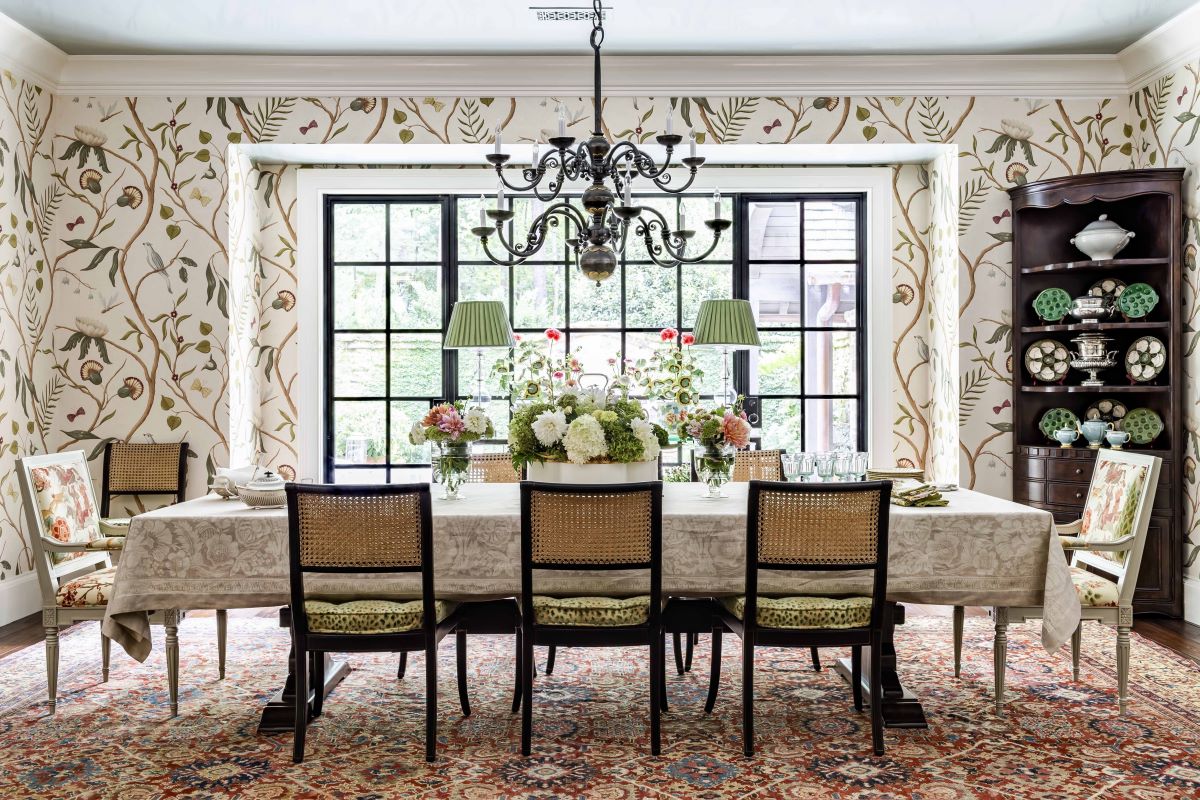

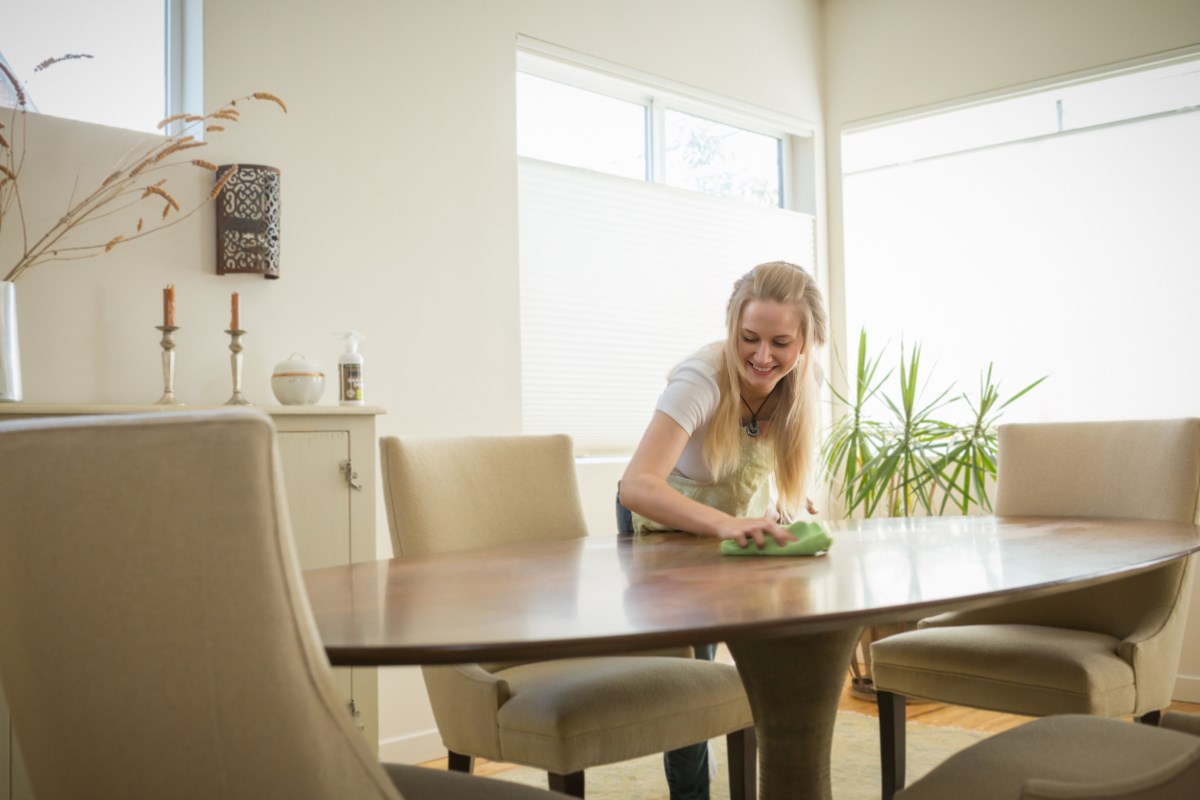
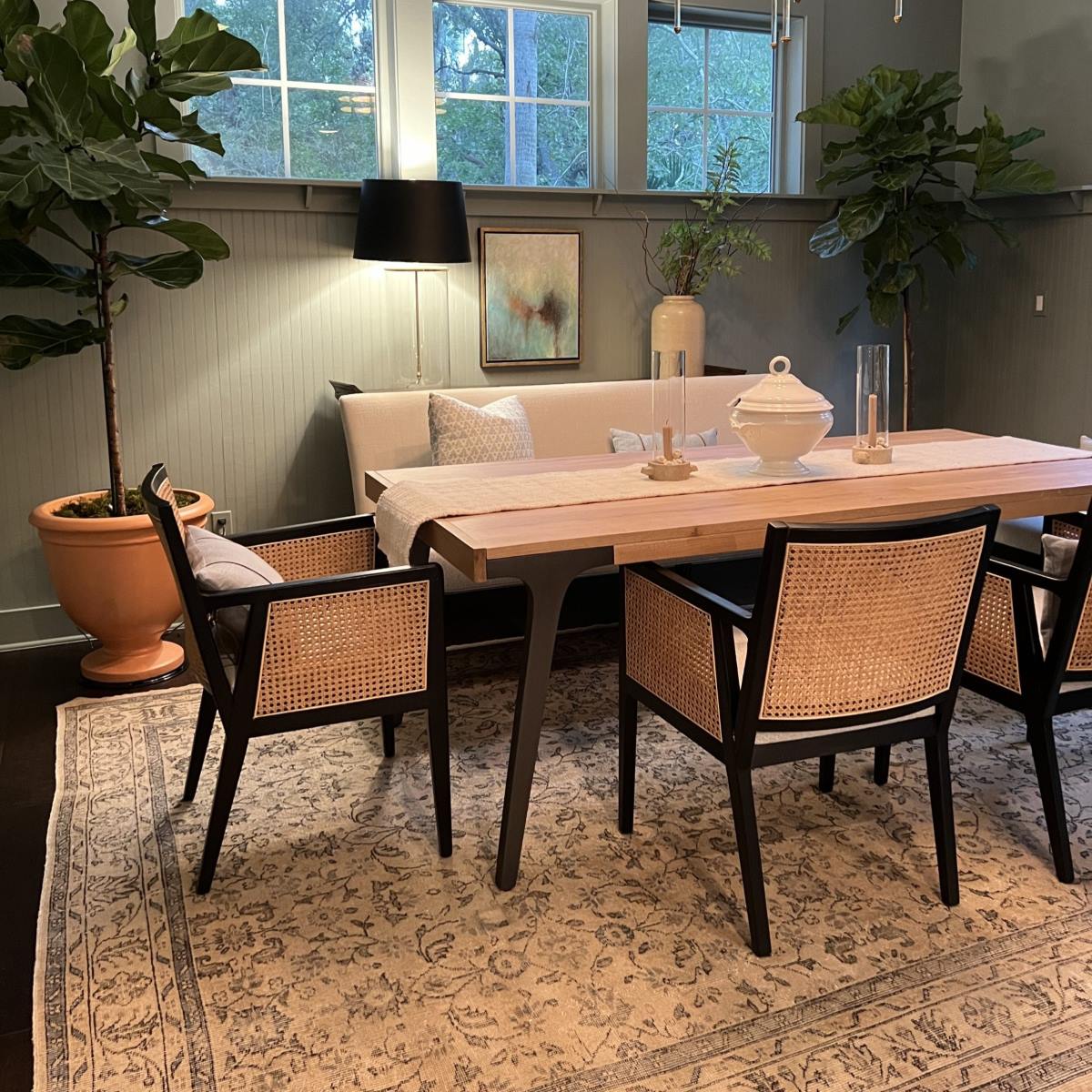
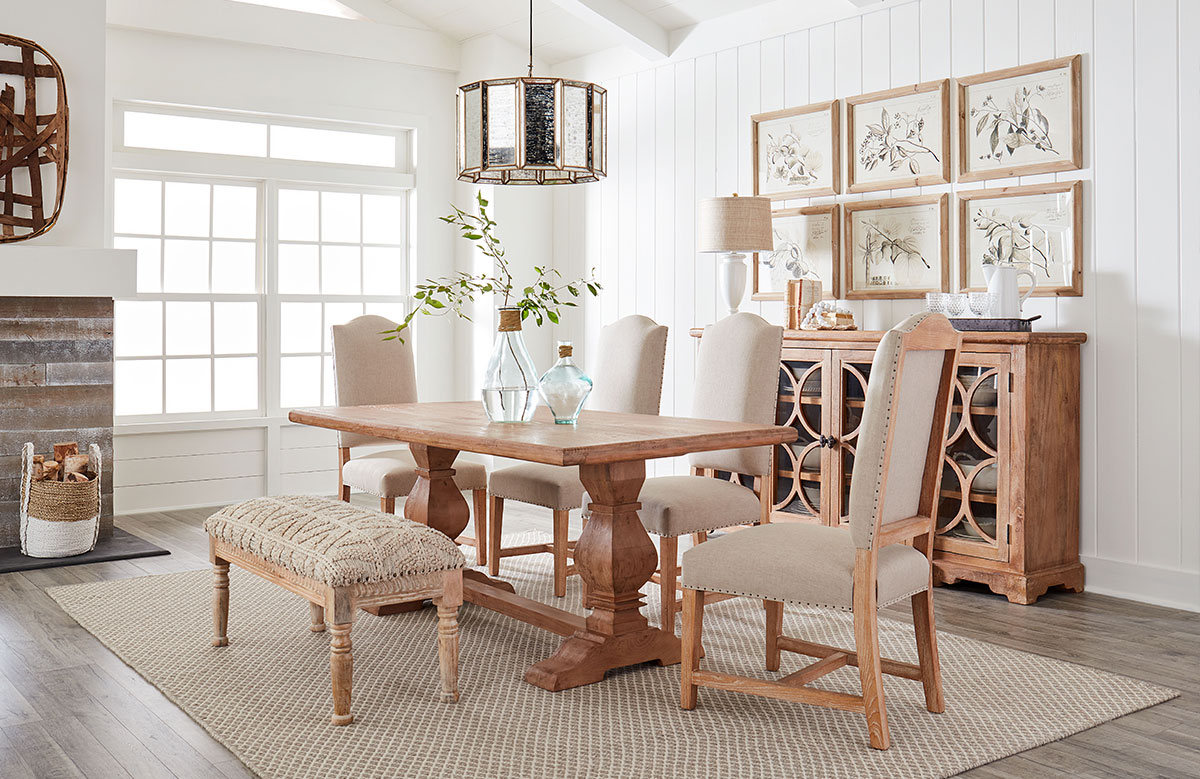
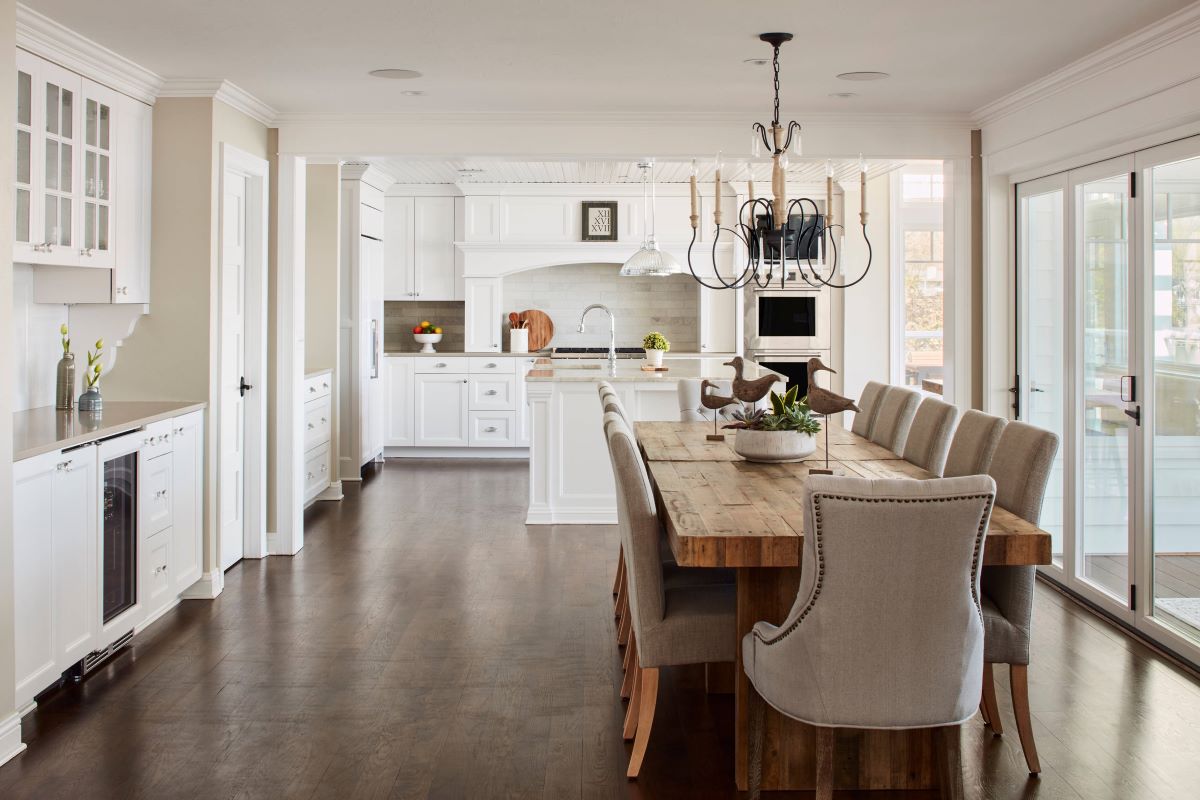
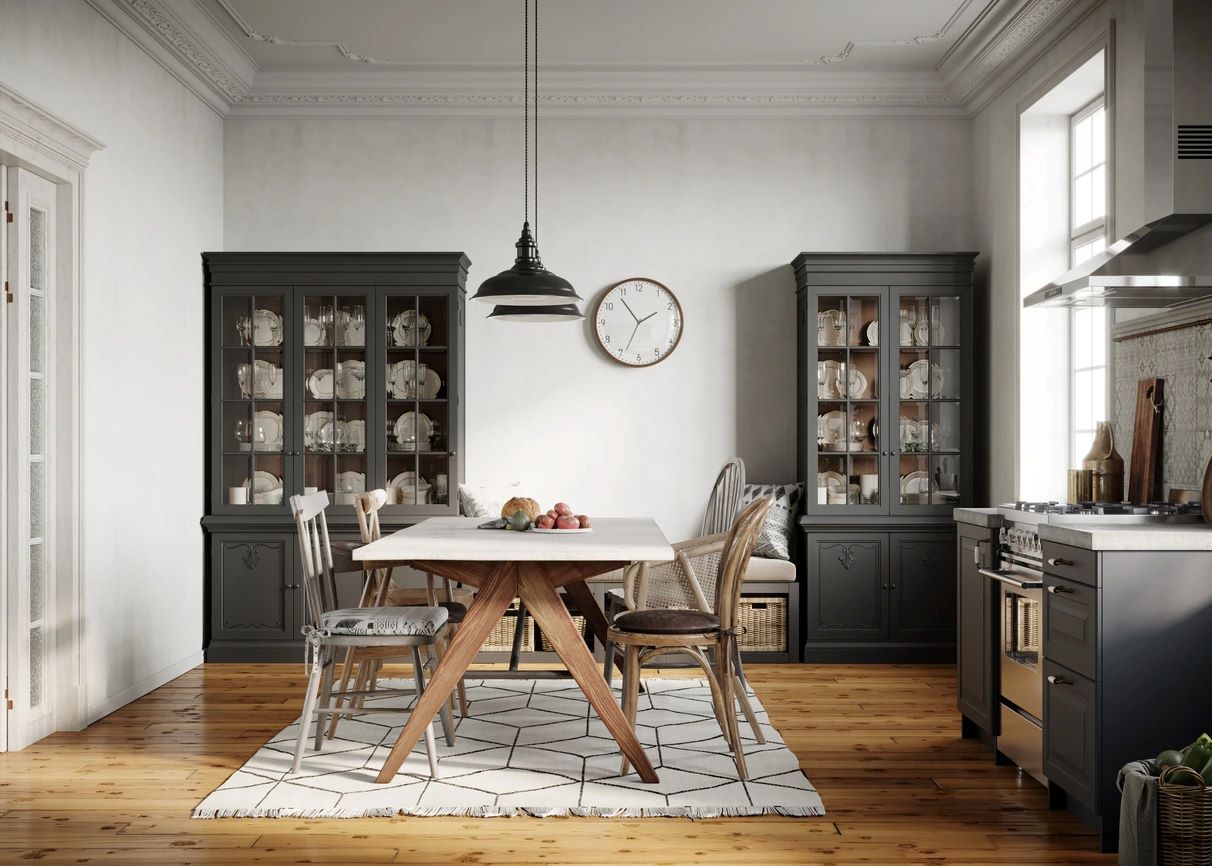
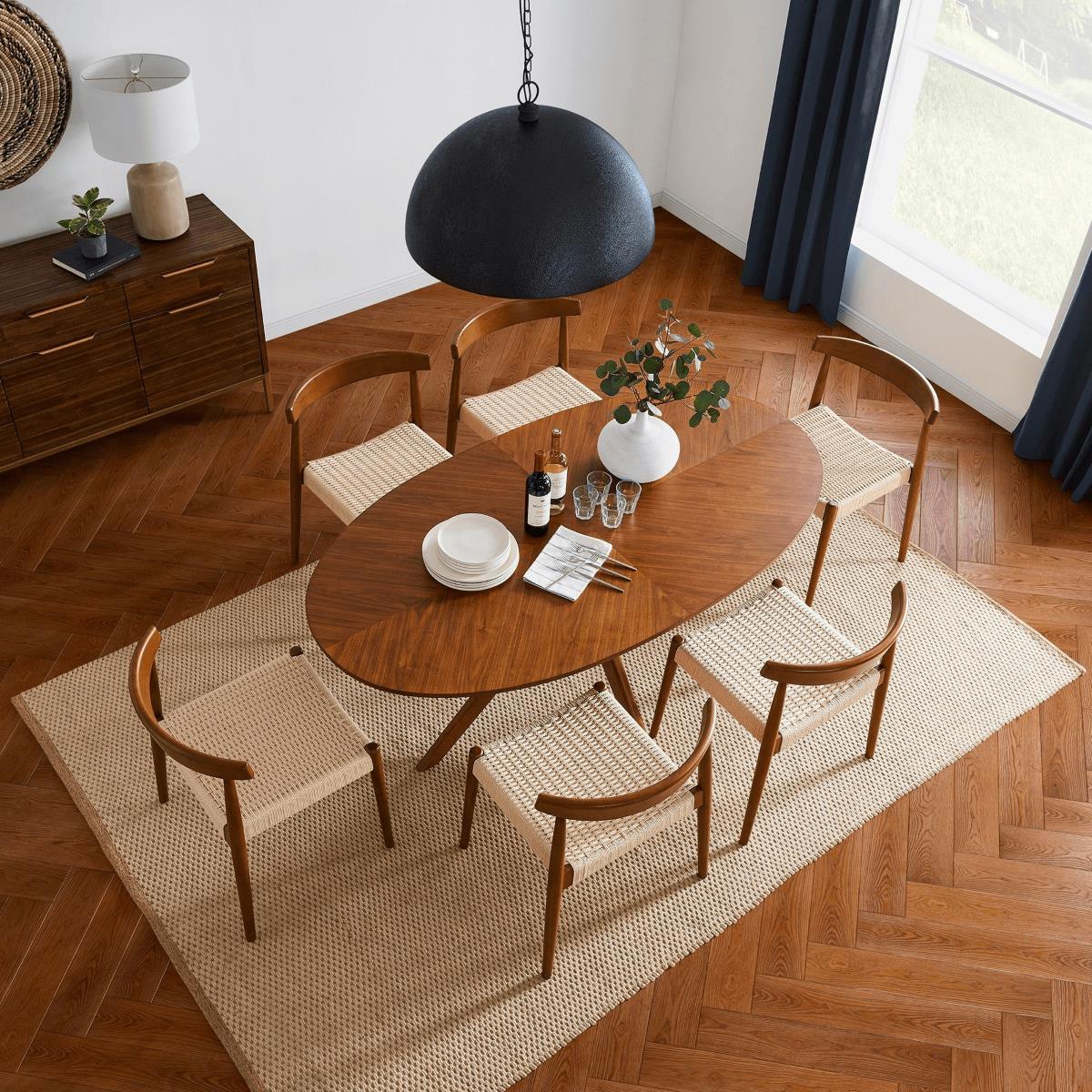
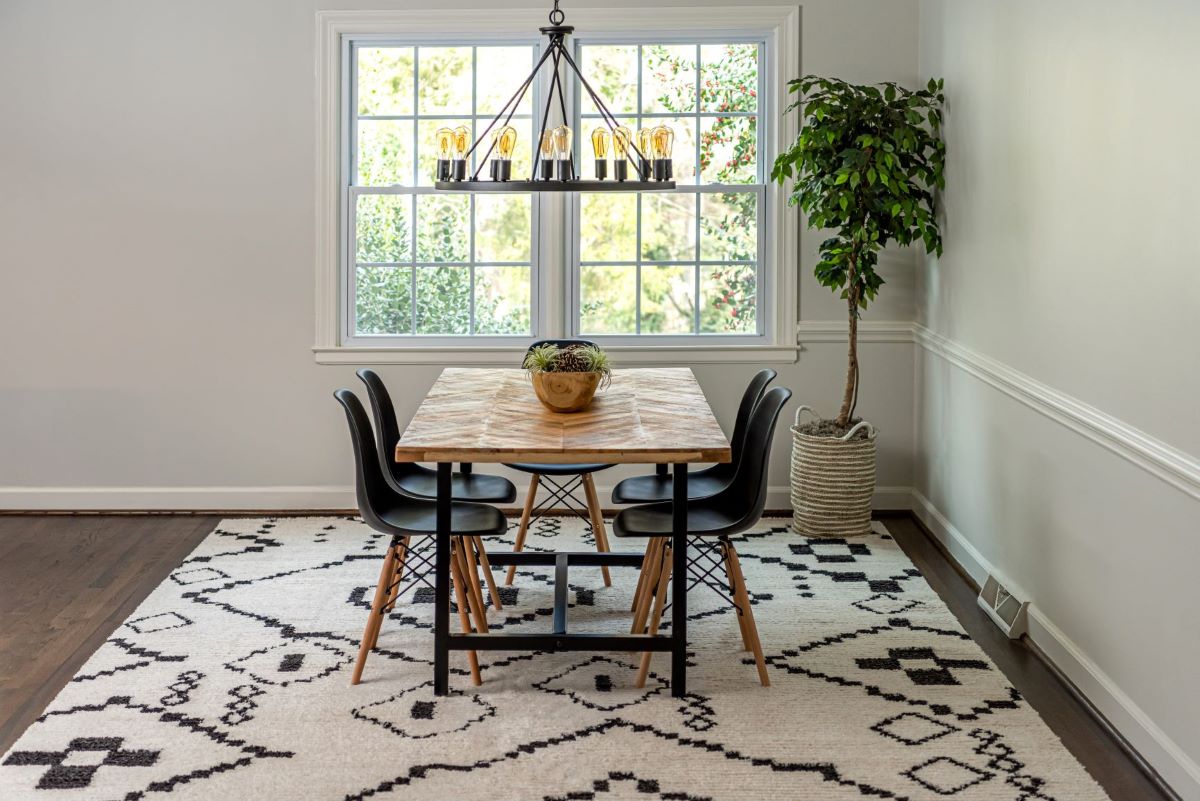
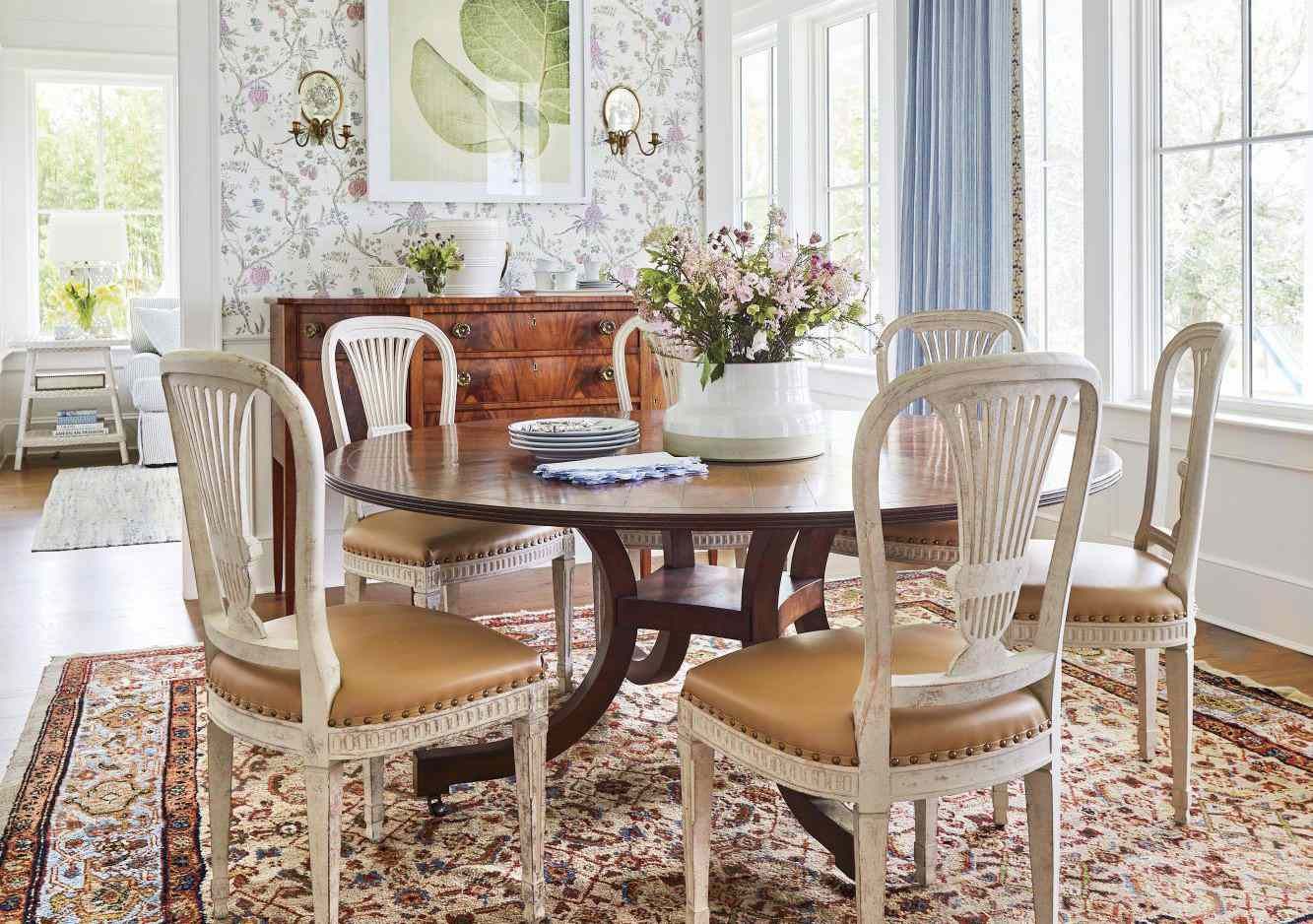
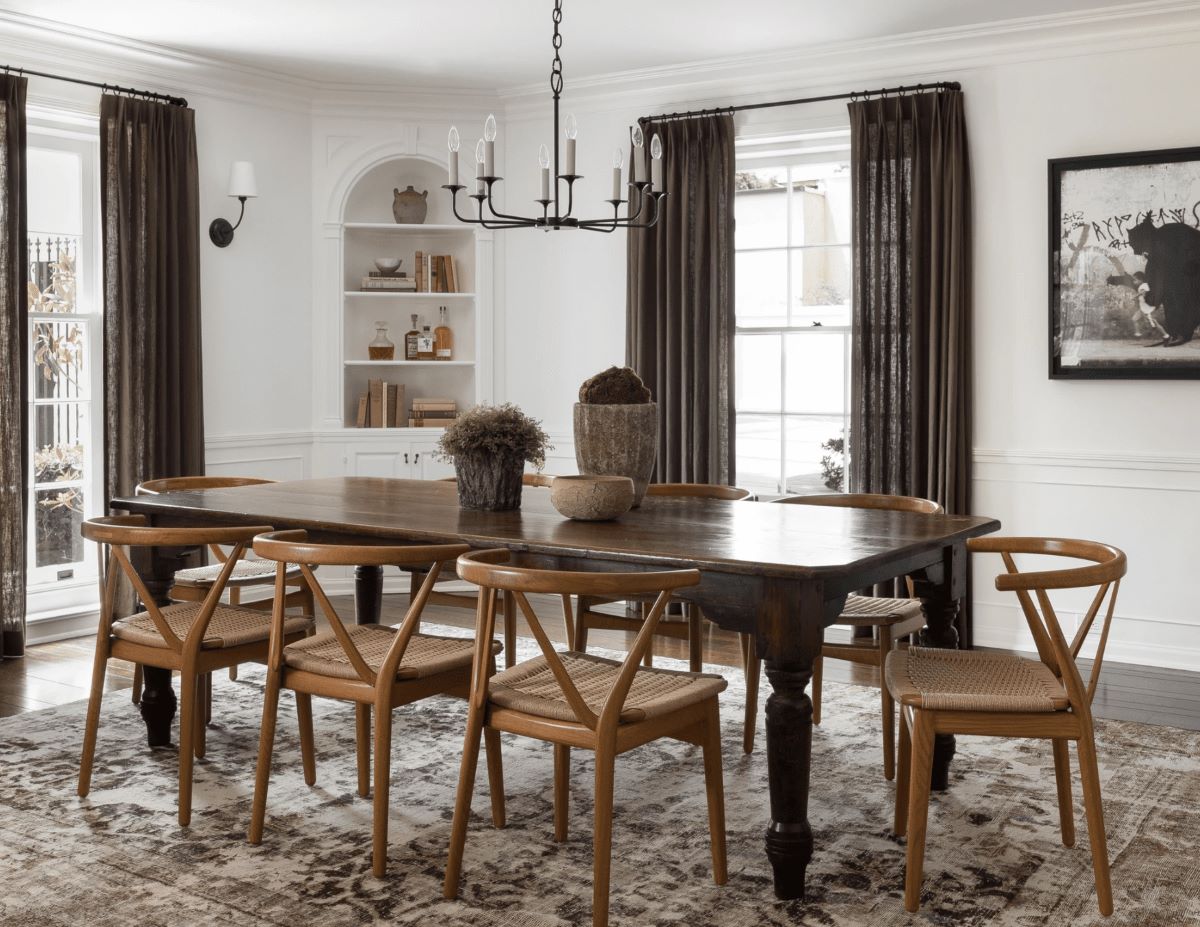
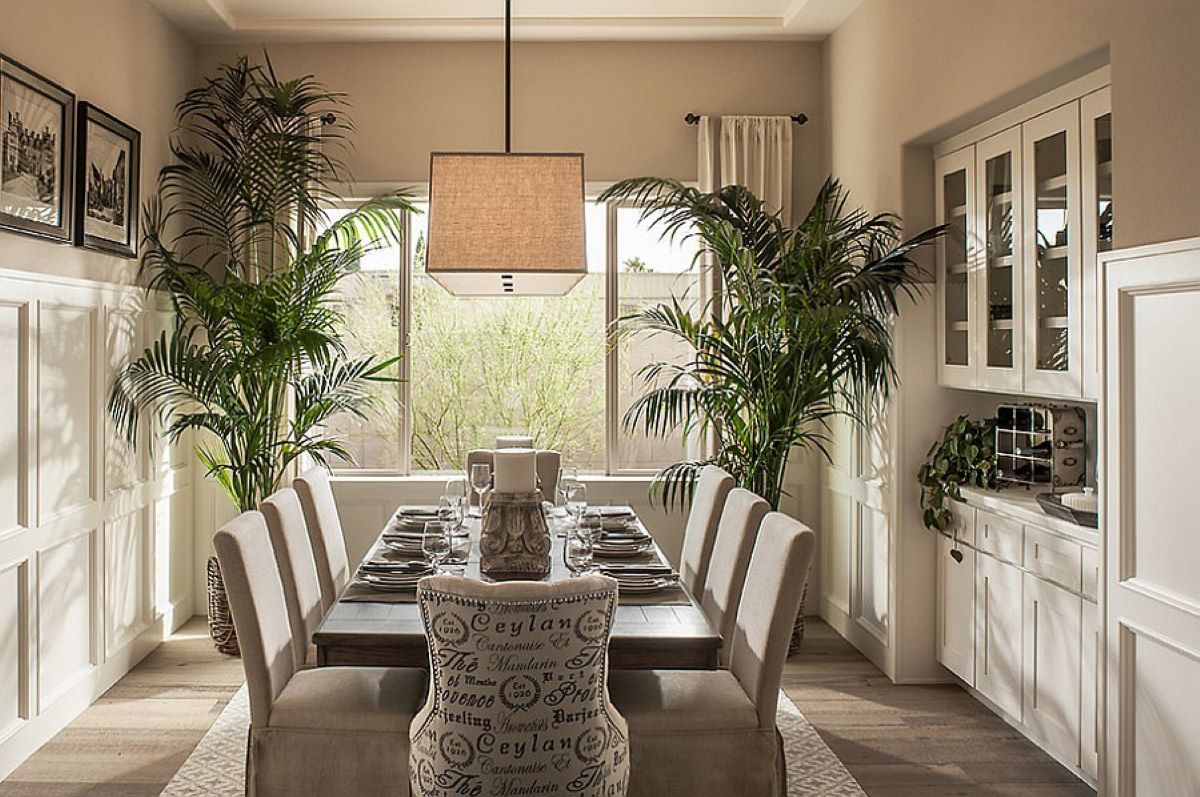
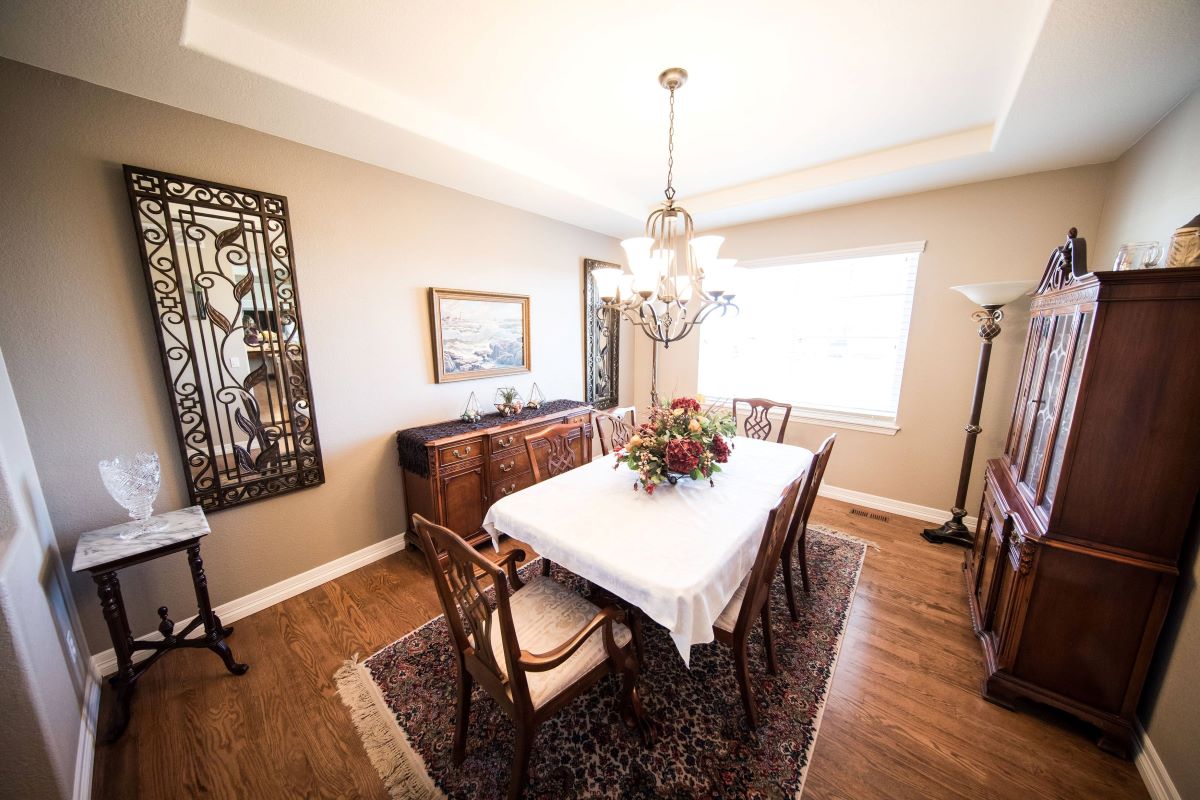
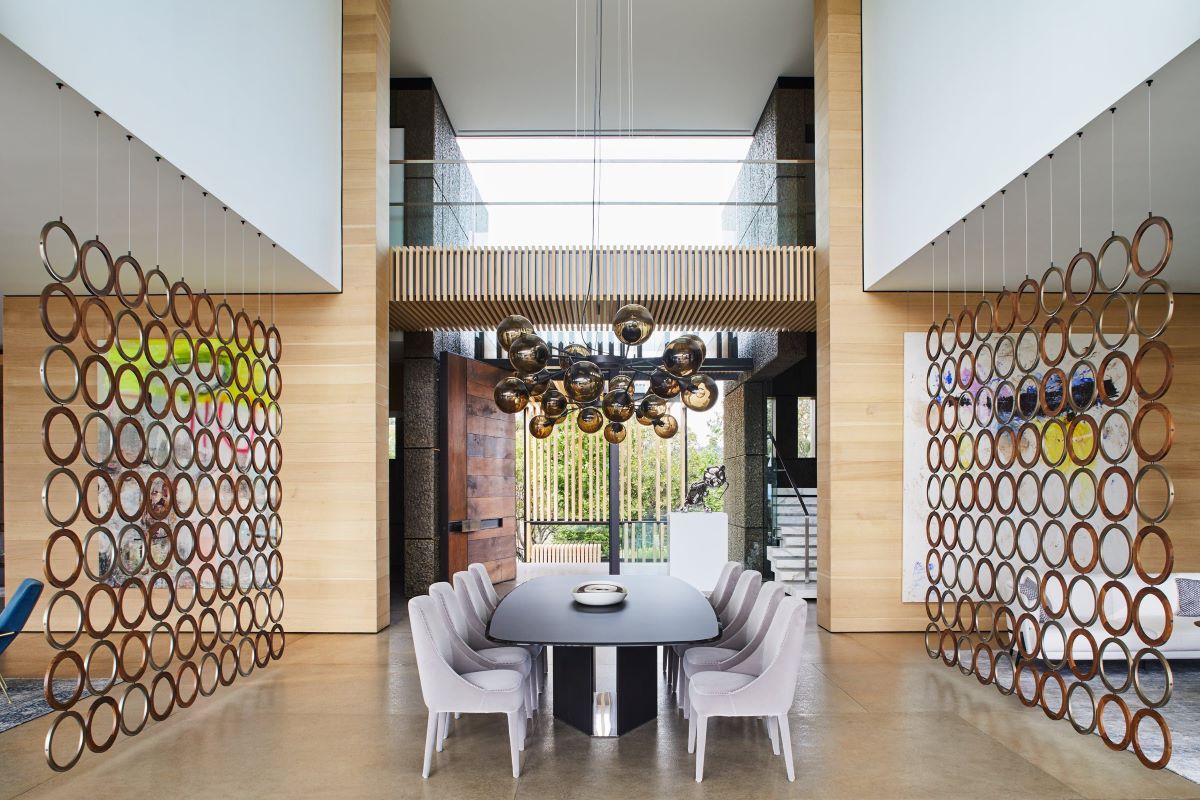

0 thoughts on “How To Decorate Shelves In A Dining Room”